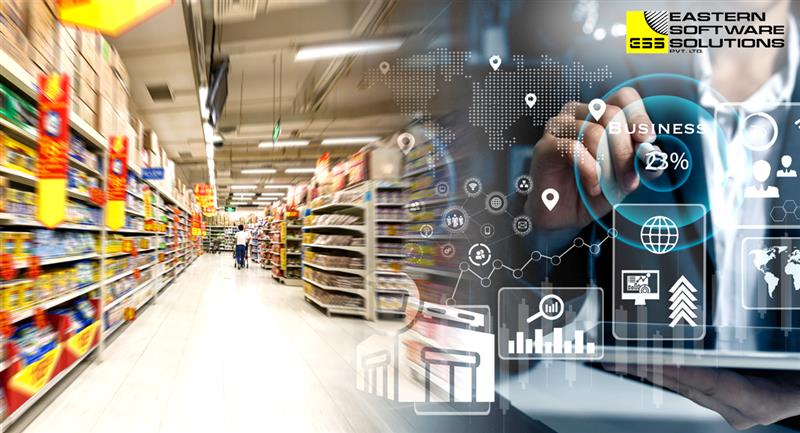Input Tax Credit Under GST - In A Nutshell

One of the most striking changes that the GST rollout has brought is in the mechanism of availing Input Tax Credit. This change is on course to not only eliminate discrepancies but to also push more taxpayers into the tax net.
Before understanding the changes done in the mechanism, let’s have an overview of Input Tax credit. It is the credit a manufacturer receives for paying taxes on the inputs used in the manufacturing of products. In the similar fashion, a dealer can also claim input tax credit if he has purchased goods for resale. In the context of GST, manufacturers, suppliers, agents, or an aggregators etc., registered under the GST Act, can claim input credit for taxes paid by them on their purchases.
Prior to the GST rollout, a Buyer could avail the Input Credit of the Tax thus paid on the invoice, which he/she paid to the supplier in good faith. But things have changed under the GST regime. The supplier is now required to file Form GSTR-1 giving the outward supply details, and once it is being filed, the recipient can see the inward supplies details in an auto populated form GSTR-2A. The recipient can make the required modifications in Form GSTR 2, and once this is done, he/she will receive the Input tax credit on a provisional basis. The modifications made by the recipient in Form GSTR-2 will be made available to the supplier in Form GSTR- 1A for his/her acceptance. Once the supplier remits the monthly return (Form GSTR-3) along with the tax payment, then only the recipient will become eligible for the Input credit.
Also, in the previous tax regime, companies couldn’t claim credit for certain taxes like a luxury tax. After the GST rollout, the spectrum of input tax credit has been widened and now covers any input or service, including business overheads, which wasn’t the case earlier. For instance, consumer companies can now offset the tax paid on the advertising services. This is highly likely to have a positive impact on the working capital of enterprises.
Here is some additional information on Input tax credit
- If the purchase invoices are more than one year old, then they cannot be used to claim the Input tax credit.
- The input credit under GST can be claimed for both goods and services (except those which are on the exempted/negative list).
- The Input tax credit is Not allowed on the goods and services for the personal use.
- In case the tax on inputs is higher than the tax on output, then the recipient has the option to carry forward Input Tax Credit or ask for a refund within a reasonable time.
About the Author
Ashutosh has done his B.Tech in Electronics and Communication. He started his career with a Digital Marketing company. To refine his writing style and blend it with other niche markets, he joined ESS’ Marketing Communication Team to come up with savvy and engaging content for ESS’ flagship product: ebizframe ERP. Apart from his professional calling, he loves penning down his abstract reflections whenever the urge is overwhelming.




